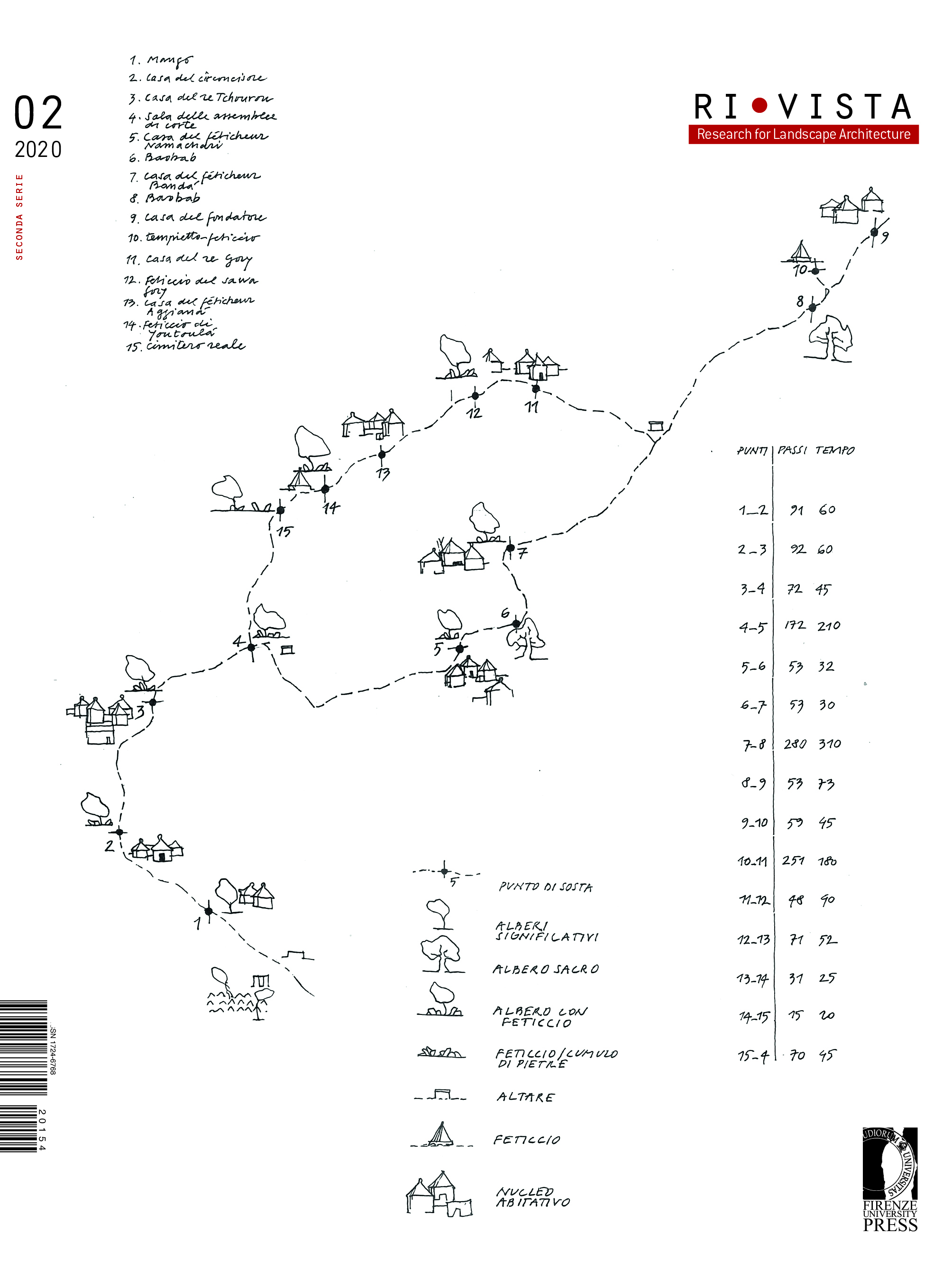Representation and Landscape Architecture: Towards a New Language? The semiotic and cognitive value of representation as a relevant issue for an aware and evolving culture of landscape architecture.
Published 2021-02-24
Keywords
- Representation,
- Language,
- Landscape Architecture,
- Project
How to Cite
Abstract
Landscape architecture has a significant relation with figurative arts since its beginnings. The cultural, aesthetic, stylistic, and artistic contribution to its project is essential. It also reflects social needs; they propose cultural models and transmit scientific information. Despite that, it appears we are experiencing an absolute contradiction because, on the one hand, we have excellent examples and the technologies to create new occasions that bring notable advances in our culture and in the way of conceiving transformations. It seems that design evolves in a completely new way, made up of the integration of languages, contaminations, and experimentations. On the other hand, however, we are facing an evident flattening in the majority of the works that are produced worldwide. The same digital programs, if very useful from a technical point of view and proficient in processing and representing large quantities of information, seem to produce a homologation of project representations worldwide. If representation is directly responsible for the way we approach transformations, can we talk about a new evolving language? Considering as well the relationship with the European Landscape Convention, the paper aims to reconsider the role of representation, conceived as directly responsible for the way we approach transformations as well as for shaping a way of thinking related to the sensibility toward landscape values. It therefore considers the cognitive aspect of representation as a crucial value for enhancing a more aware culture of landscape architecture.






